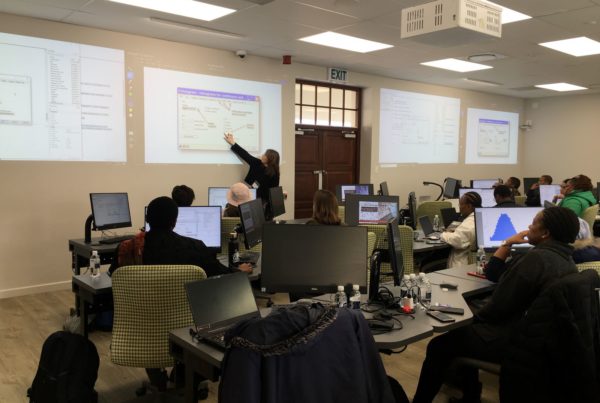In the quest to understand and address educational challenges, particularly in the realm of mathematics performance, the exploration of underlying microdata becomes paramount. Martin Gustafsson’s insightful analysis, commissioned by the Department of Basic Education (DBE), delves into the perplexing stagnation observed in South Africa’s Grade 5 TIMSS mathematics results from 2015 to 2019.
The initial disappointment and surprise at the flat trend juxtapose against the backdrop of significant improvements in international testing programs since 2002. Gustafsson deftly navigates through the microdata, dissecting classical scores and sampling intricacies to uncover the reality behind the published trend. Contrary to speculation, the analysis reveals that sampling issues are improbable culprits, with 2015 and 2019 samples showing striking similarity in terms of household assets.
Drawing intriguing parallels with Morocco, Gustafsson’s comparative analysis sheds light on shared challenges and potential discrepancies. Despite divergent testing grades, both countries exhibit a disconcerting stall in mathematical progress, raising questions about underlying measurement issues.
Tables meticulously detail classical scores by block, showcasing South Africa’s stagnant performance and Morocco’s nuanced fluctuations. While South Africa’s lack of improvement extends evenly across items, Morocco’s trajectory boasts outliers, prompting further investigation into potential testing dynamics.
Socio-economic status emerges as a focal point, with Gustafsson’s nuanced examination revealing a nuanced picture of improvement and deterioration across different strata. Figures depicting the relationship between SES and TIMSS scores underscore the complexity of the educational landscape, cautioning against simplistic interpretations.
Gustafsson’s rigorous analysis not only unravels the enigma of South Africa’s TIMSS Grade 5 mathematics trend but also underscores the imperative of scrutinizing microdata to glean insights and inform targeted interventions. As educational stakeholders navigate the path towards improvement, Gustafsson’s findings serve as a beacon of evidence-based inquiry and a call to action for informed policy and practice.
This illuminating report stands as a testament to the power of rigorous analysis in unraveling the complexities of educational trends, offering valuable insights for policymakers, researchers, and educators alike.






